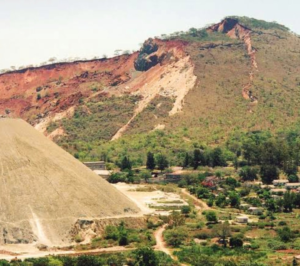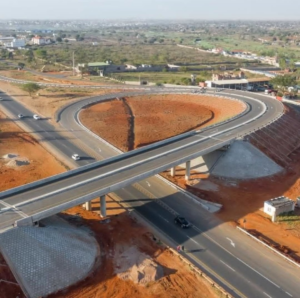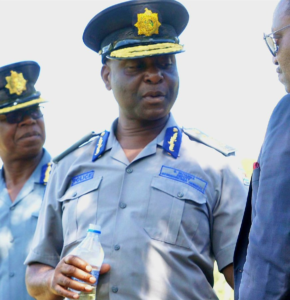MBUDZI INTERCHANGE: ZIMBABWE’S MONUMENT TO CORRUPTION AND MISMANAGEMENT

Zimbabwe’s Mbudzi traffic interchange is fast becoming a glaring symbol of corruption and inefficiency in public infrastructure. With a shocking price tag of US$88 million, this project far exceeds the cost of Africa’s most advanced traffic interchange, the Mount Edgecombe Interchange in Durban, South Africa, which cost just R1.14 billion (US$65.936 million) to complete.
The US$22 million difference is not just a statistical error—it is a reflection of the deep rot in Zimbabwe’s construction projects. This inflated cost screams corruption, overpricing, and the notorious “money for the boys” culture that plagues major government undertakings. While Mount Edgecombe stands as a marvel of engineering, Zimbabwe’s Mbudzi project is nothing more than a half-baked design wrapped in scandal and deceit.
The Mount Edgecombe Interchange, completed in 2018, is the largest and most complex interchange in the southern hemisphere. Its four levels, 23 piers, and 948-metre-long bridge connect multiple major routes, including the N2 and M41, serving areas like Verulam, Durban North, and Phoenix. It is a sophisticated piece of infrastructure that transformed travel and commerce in the region.
In contrast, the Mbudzi interchange is basic and unimpressive by design, yet its cost would suggest otherwise. Zimbabweans are right to question how such a simple structure could cost US$88 million. It defies logic, and the answer lies in the shadowy world of handpicked contractors and backroom deals.
The contractors behind the Mbudzi project are linked to high-ranking government officials, a clear conflict of interest that ensures accountability is nonexistent. These contractors thrive on overpricing, knowing they are protected by those in power. The public is left to foot the bill for this extortionate project while receiving substandard infrastructure in return.
Zimbabwe’s construction sector is notorious for its lack of transparency, rampant cost escalations, and blatant corruption. Instead of addressing these issues, public officials tasked with budget oversight often become complicit in the schemes. Their inaction perpetuates a cycle of mismanagement and inefficiency that bleeds the nation dry.
This corruption is a hidden tax on Zimbabwe’s poorest citizens, who bear the burden of high taxes to cover the costs of these fraudulent projects. Every dollar wasted on overpriced infrastructure is a dollar taken from healthcare, education, and other critical services. In an economically vulnerable country like Zimbabwe, this is not just mismanagement—it is a crime against the people.
The Mbudzi project, with its staggering cost and underwhelming design, is a glaring example of how corruption and inefficiency cripple Zimbabwe’s development. For far less money, South Africa built a structure that is larger, more complex, and transformative. Zimbabwe, meanwhile, delivers mediocrity at a premium price.
The public deserves better. It deserves accountability, transparency, and competent management of public funds. But as long as corruption remains entrenched in government and its institutions, projects like the Mbudzi interchange will continue to rob the nation of its potential.
Zimbabweans must demand answers and action. Why is this project so expensive? Who are the beneficiaries of this corruption? And when will the cycle of overpricing and looting finally end? Without these answers, the Mbudzi interchange will remain a monument to the government’s failure to serve its people and an ongoing insult to every taxpayer in the country.



